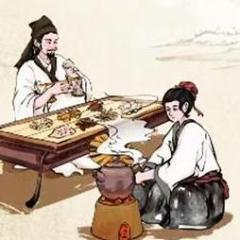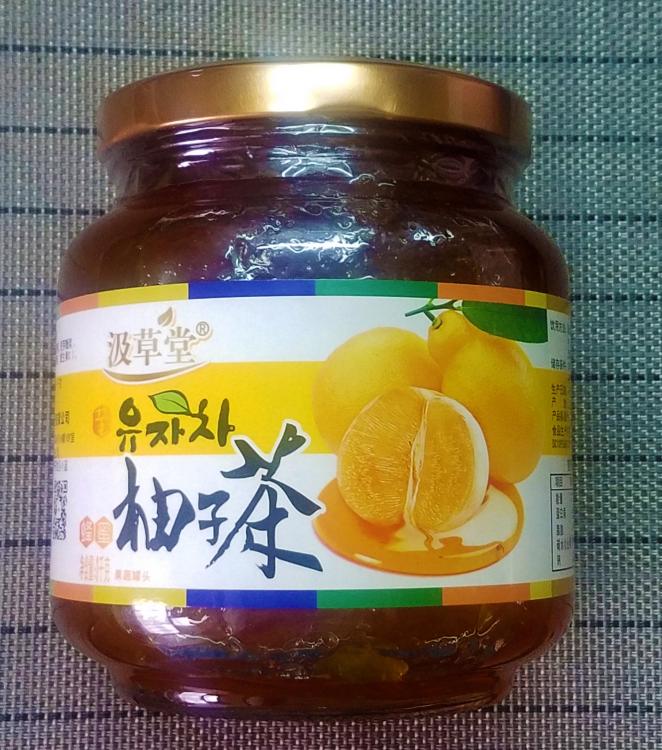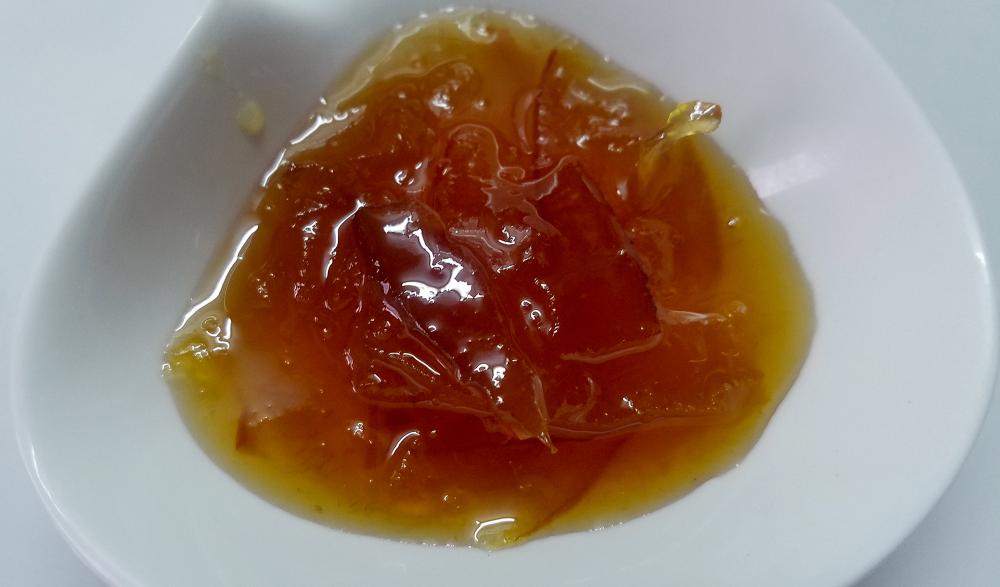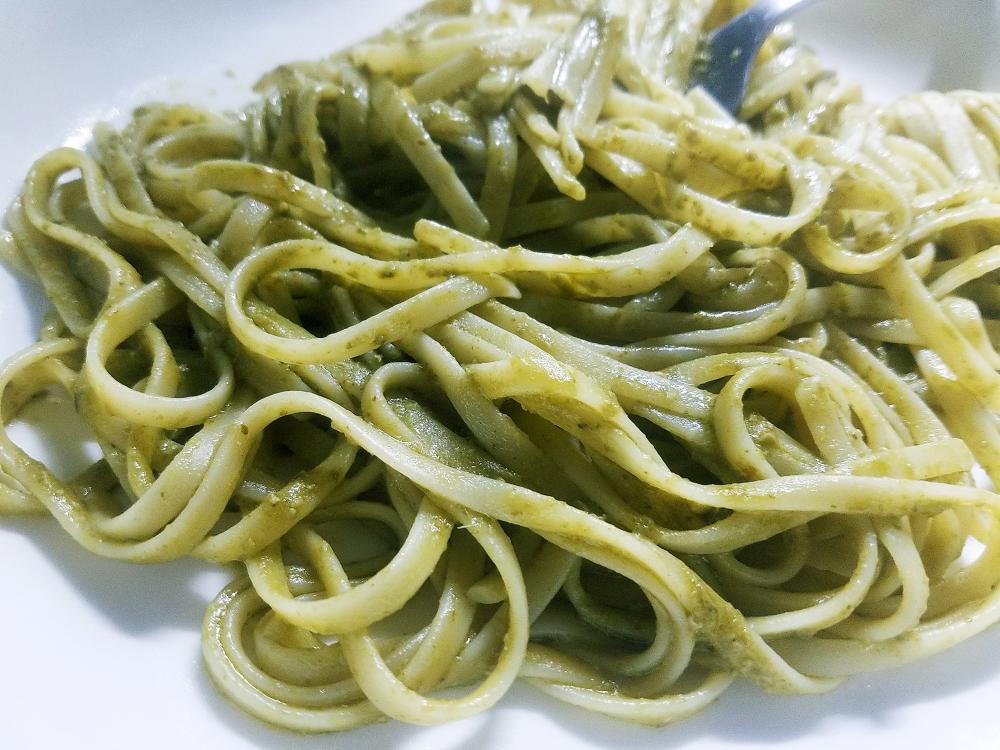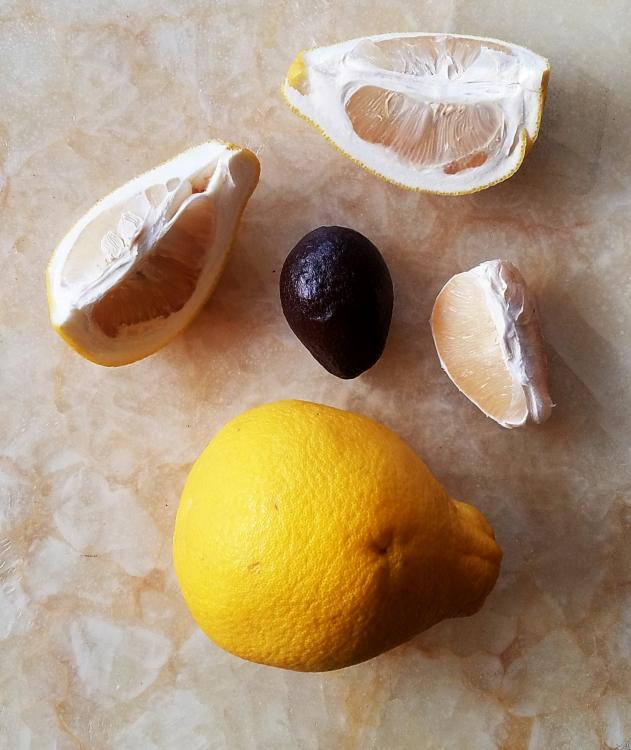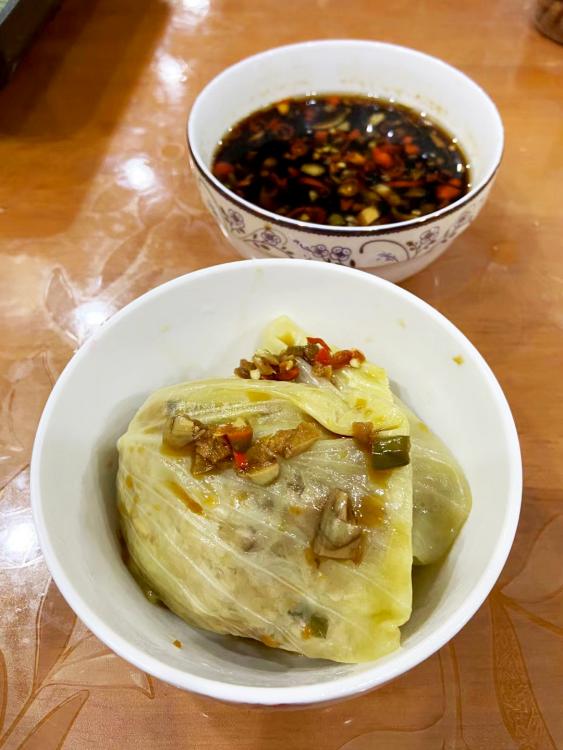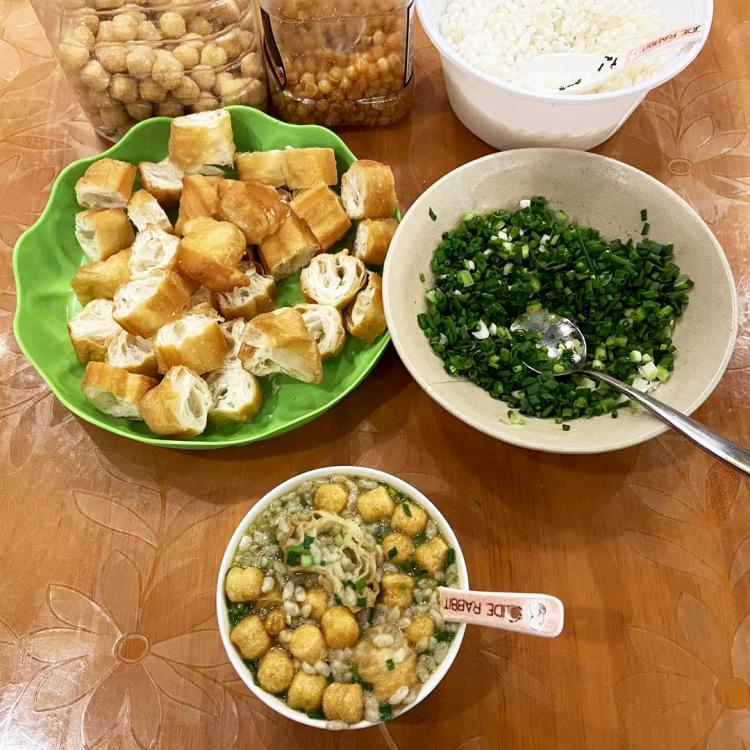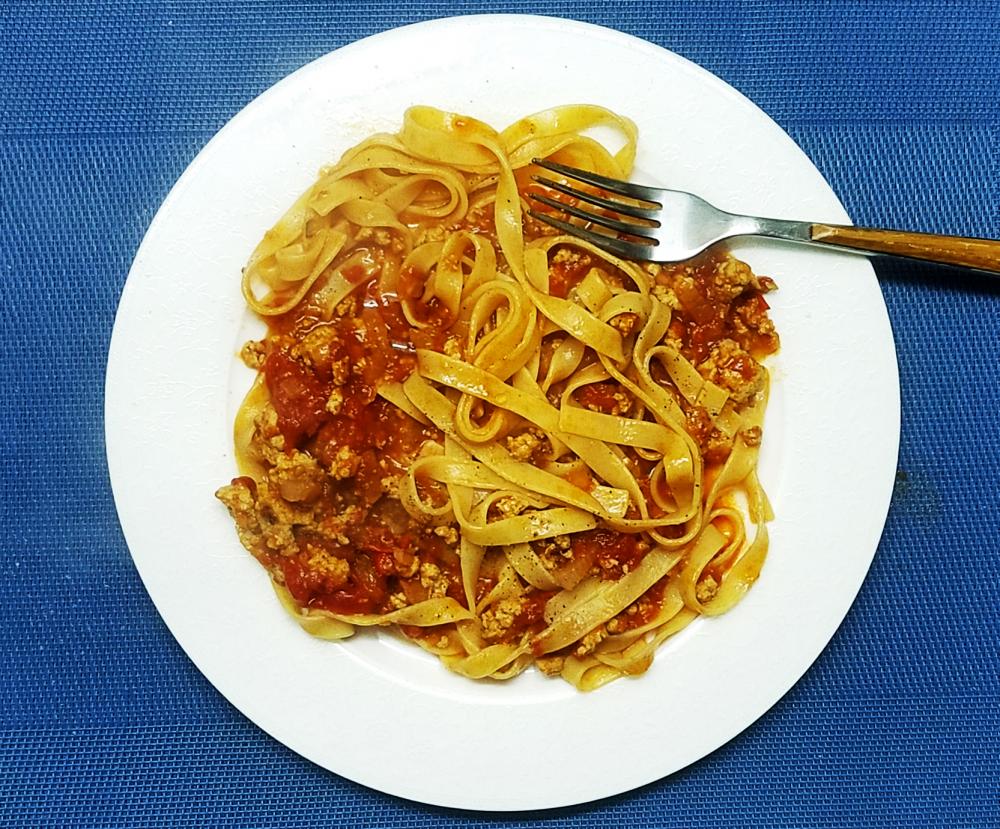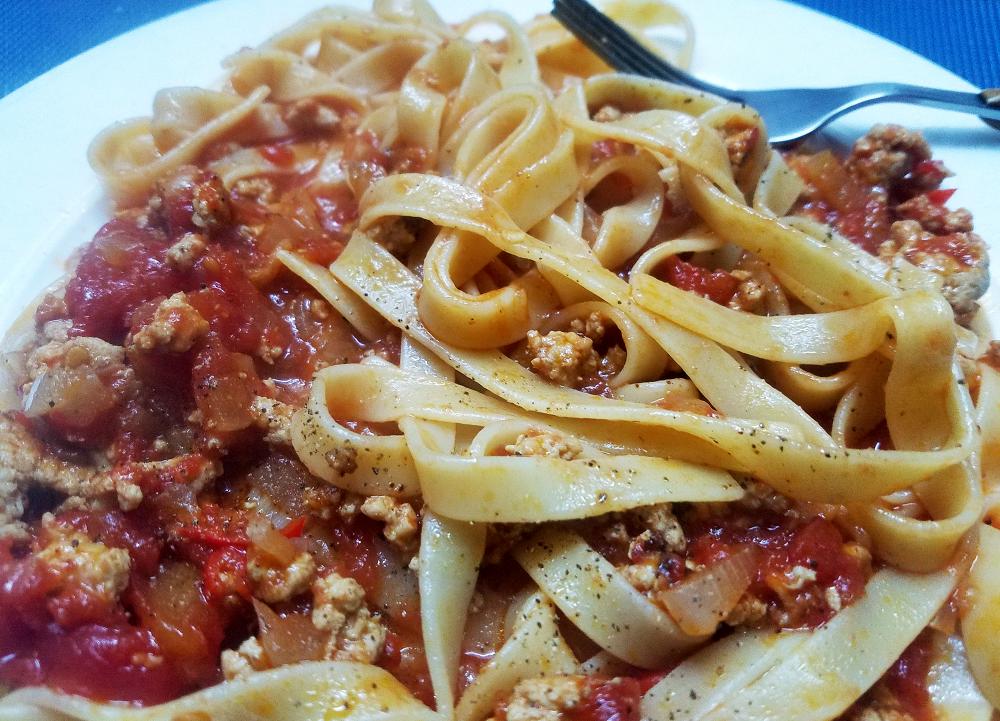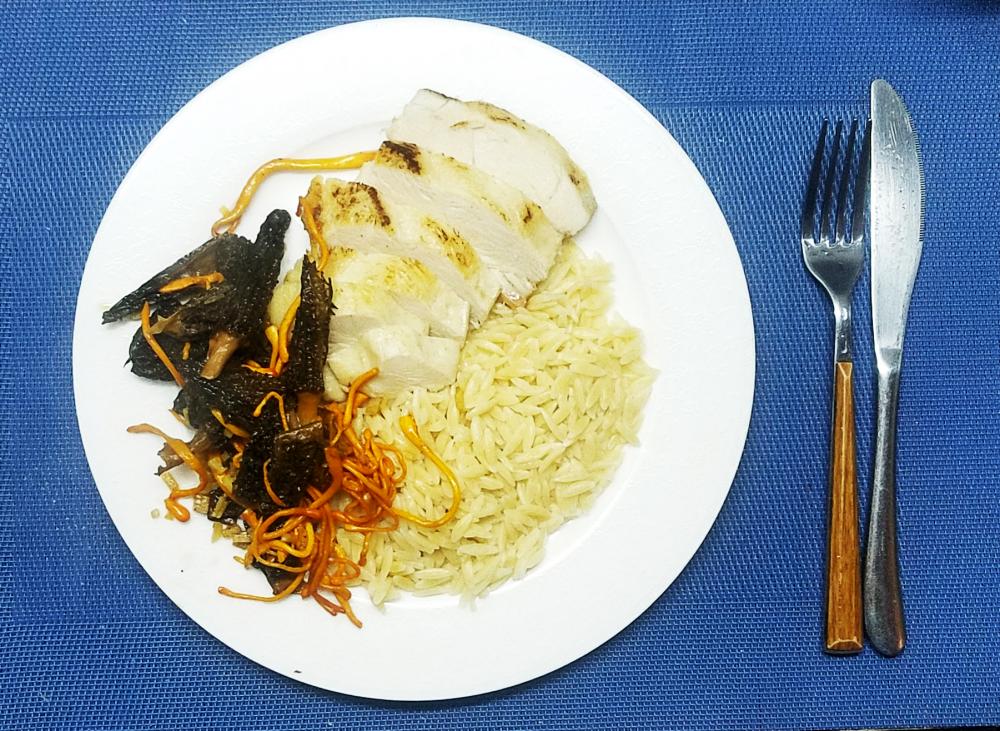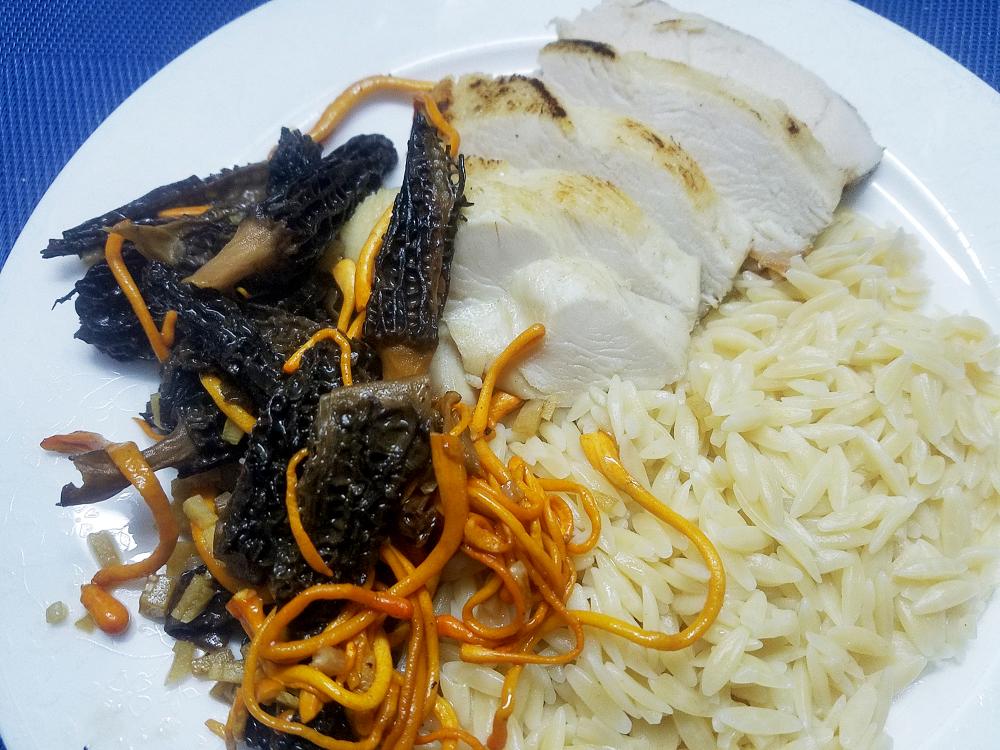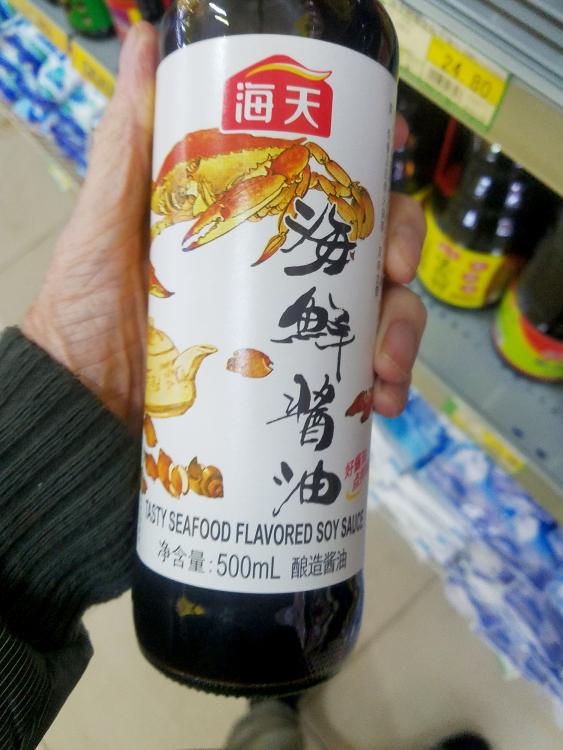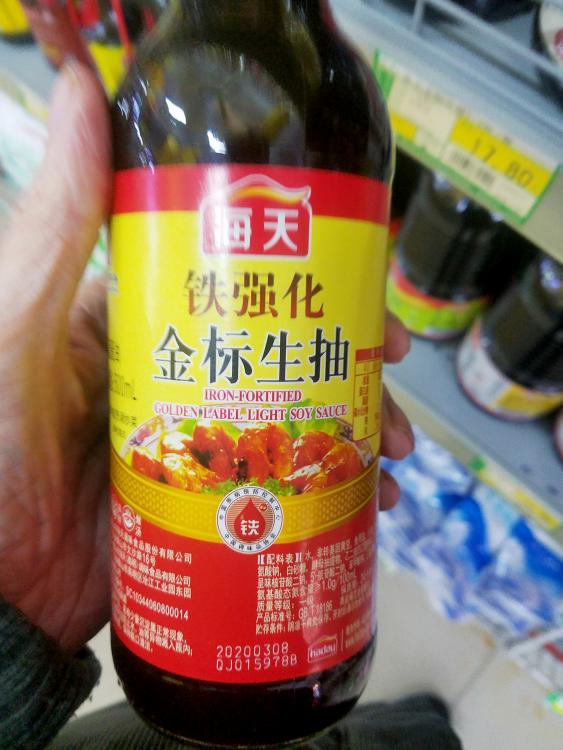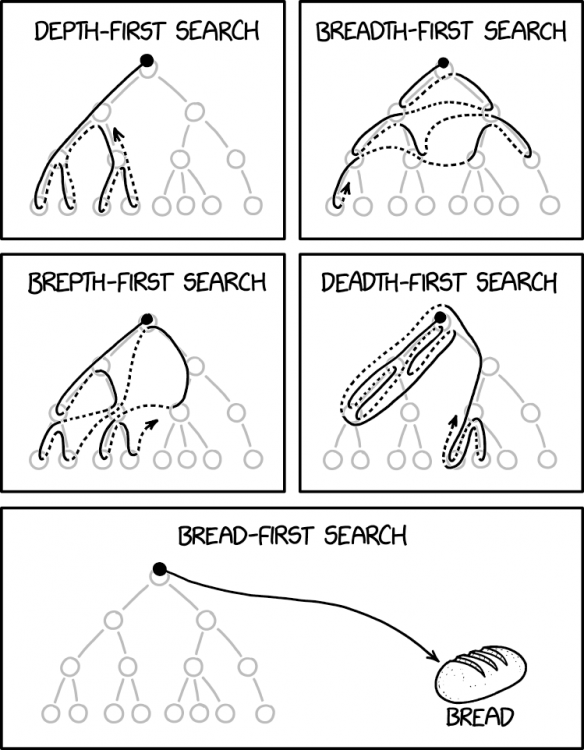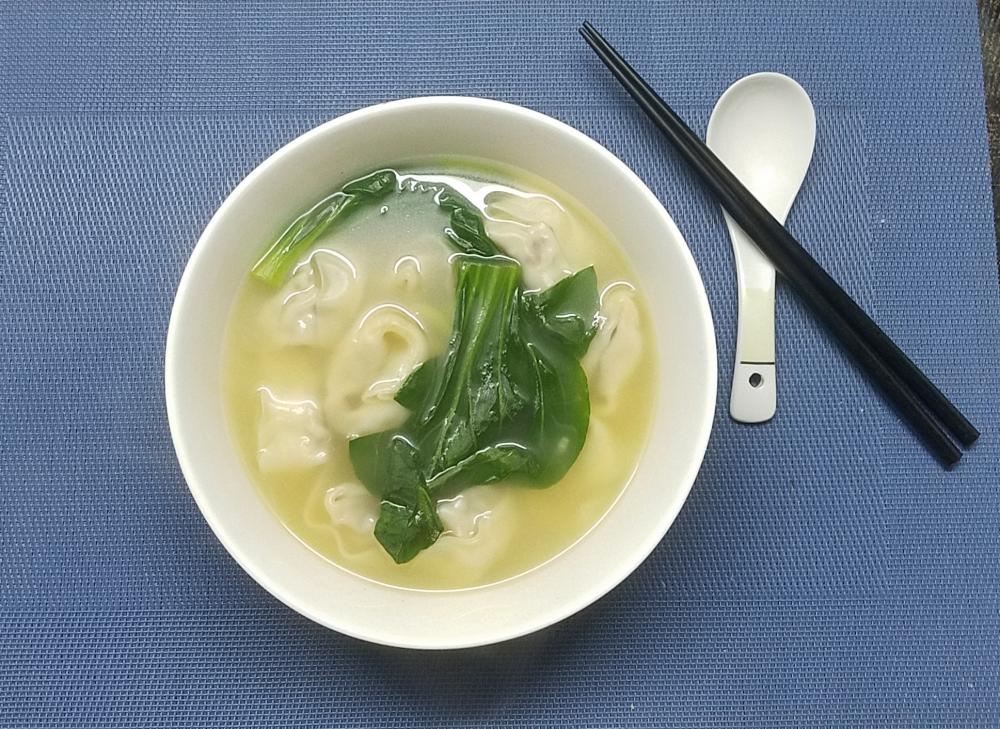-
Posts
16,727 -
Joined
-
Last visited
Content Type
Profiles
Forums
Store
Help Articles
Everything posted by liuzhou
-
New home is about only 10 minutes walk from old home, but moving is still traumatic.
-
I'm in the middle of packing to move home. Nightmare. So any cooking for the next week or so may be minimal.This morning breakfast was this. No description required.
-
Pomelo pith is made into a marmalade-resembling product here. Despite its appearance, it is in fact, used for making pomelo tea.
-
Agreed. Round here the peel is also processed and braised with pork.
-
-
Zhuang breakfast 油茶 yóu chá, oil tea with 油条 yóu tiáo. deep fried breadstick. 菜包 cài bāo, stuffed cabbage, Zhuang style.
-
Not a bad idea, but a) Wouldn't know where to source one here. b) In a way, I like the seasonality.
-
Tagliatette with a spicy, slow cooked pork ragu. Alas, the basil is over for this year. Served with a nice Australian Shiraz.
-
Not in the west. In America!
-
My flippant comment was more in jest than anything else, but yes, you do deserve a more sensible answer. It seems to me that the Cantonese recipes are authentic, but not so much the others. The Sichuan dishes are all over the place and very American-Chinese slanted The video recipe for laziji is a travesty. Compare it to Fuchsia Dunlop's much more authentic version, for example. Overall, the channel is better than most, but I really can't recommend any YouTube videos as being a good way to learn. Books such as those by Ms. Dunlop are much better and there is at least some quality control by the publishers. YouTube has none whatsoever - every idiot with a camera and an ego can post any old crap and many do! If you are interested in more regional Chinese dishes, then Carolyn Phillips' All Under Heaven (eG-friendly Amazon.com link) is a good introduction.
-
They were both around 10-12 yuan ($1.50 - $2 USD.) Chinese food labelling normally gives the production date rather than a 'best before' or 'eat this and you'll die' date. Much more sensible.
-
-
Chef and Le Gavroche restaurateur Albert Roux dies aged 85
-
This comes with the usual Billy Connolly warning.
-
-
Home made wontons (shrimp, pork, shiitake) in chicken broth with garlic, ginger, chilli and Shanghai greens.
-
Very little. I can't think of anything. Japan and China don't exactly get on well.
-
Yes. Japanese. Not what I'm exploring here. I've already mentioned that there are gluten-free Chinese soy sauces.
-
@KennethT Nyetimber! Great choice. I had some last year on my visit to England.
-
Exactly
-
Maybe not in Canada, but what do I know about Canadian labelling regulations?
-
It is in some places.
-
Or a toasting fork and a flame. I very much doubt that any soldiers in the trenches in WW1 had ever even seen a pop-up toaster, largely because they hadn't yet been invented! My mother still has her toasting fork and I have happy memories of making toast over the fire in the 1950s. She doesn't have an open fire now!


